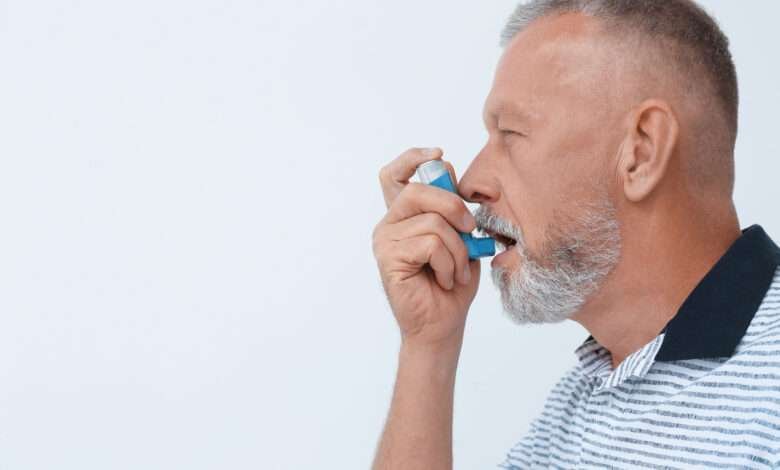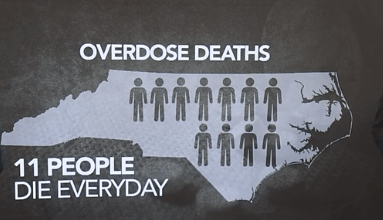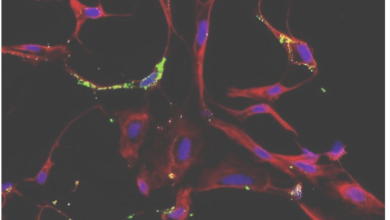What Are Life-Saving Drugs And How Are They Administered?

The human body contains an innate defense mechanism. Hence, it has natural healing processes against microbes, infection, inflammation, wounds, and other conditions. Furthermore, all the organ systems are interconnected with one another. A defect or inadequate function of one entity may lead to multiple organ failures, compromising the body’s internal homeostasis.
Meanwhile, emergencies such as a loss of consciousness, anaphylaxis or severe allergic reaction, and myocardial infarction or heart attack may result in loss of brain oxygen supply, difficulty in breathing, skin reactions, and sudden loss of heart function. These circumstances need a proper first-aid response to preserve the patient’s life.
Fortunately, the fast-paced advancements in medicine have paved the way for life-saving drugs. They must be administered right away to cease the cause of internal distress and prevent the condition from worsening and leading to serious complications.
For decades, pharmaceutical companies, researchers, scientists, and doctors have worked together in formulating life-saving drugs that can help thousands of lives. In addition, proper and accurate resuscitation techniques and pieces of equipment are examined to effectively revive the patient. Hop over to here to learn more about important medical tools.
Below is an informative list of available treatments nowadays and how they’re administered:
- Epinephrine Injection (Adrenaline)
In the human body, epinephrine (also called adrenaline) is an essential secretion acting both as a hormone and a neurotransmitter. It’s released by the kidney’s adrenal gland and is linked to the fight-or-flight or acute stress response.
On the other hand, anaphylaxis takes place within seconds or a few minutes when you’ve consumed or been exposed to a certain food, dust, latex, pollen, insect bites or stings, or medications.
As a result, you may experience fainting, nausea, vomiting, severe diarrhea, airway constriction, hypotension, rapid heart rate, and skin reactions such as redness, swelling, rash, or itch. Epinephrine injection must be used as a primary response treatment while waiting for an emergency medical team (EMT).
It’s administered intramuscularly—injected into the middle bulk muscle of the outer thigh. For accurate administration and better understanding, medical advice from your primary doctor or a nurse practitioner is encouraged.
- Glucagon Injection

Hypoglycemia, or low blood sugar, commonly happens in patients with diabetes under insulin medication. Because insulin helps break down the body’s sugar, it can also lead to the rapid lowering of blood sugar.
Meanwhile, glucose is the main source of energy for all body cells, especially the billions of neurons in the brain. Therefore, immediate medical attention must be provided to avoid serious complications. These may include seizures, cognitive damage, permanent brain damage, a comatose state, and death.
Patients are advised to have their portable blood glucose monitoring kit and adhere to the treatment and specific doctor’s orders. It can be administered subcutaneously (beneath the skin), intranasally (nose), intravenously (vein), and intramuscularly.
-
Naloxone Hydrochloride
Opioid addiction is one of the leading medical problems in the world. Naloxone hydrochloride has changed and saved the lives of many users since its discovery. It works by reversing the signs and symptoms of an overdose.
It’s injected intramuscularly in the shoulder or the front of the thigh. What makes it unique is that you can inject it directly, even with clothing. The reaction time takes about three to five minutes. However, if the patient fails to respond, you may administer another dose.
-
Glycerol Trinitrate (GTN)
Angina pectoris, or chest pain, may be caused by heart or lung problems or an underlying disease that refers to the pain in the heart area. GTN is administered to alleviate, if not fully treat, chest pain. It’s used as a primary treatment while waiting for the EMT.
An effective technique is by using a sublingual spray. It’s also believed to prevent chest pain by using GTN ointment or skin patches. The most common adverse effects are body weakness, nausea, headaches, and dizziness.
However, GTN treatment isn’t advised for people under 18 years of age who have had a recent head or brain injury or defect, stroke, anemia, glaucoma, or hypotension. Make sure you ask your primary doctor for more accurate instructions.
-
Albuterol Inhaler
Asthma is one of the most common lung diseases among people of all ages. It can be passed on genetically or acquired through external factors such as smoke, dust, pollen, and toxins in the circulating air. The key symptoms are difficulty breathing, increased heart rate, and pulse rate.
An albuterol inhaler is a form of bronchodilator taken through inhalation. It helps open your pulmonary bronchioles and get rid of coughs, wheezing, and other breathing problems. Physicians can also prescribe them to patients with emphysema, bronchitis, and other lung-related diseases.
Taking All Into Account
Emergencies require immediate medical attention from physicians and specialists. However, EMTs may take a few minutes before arriving when you’re at home, at work, or in a public place. Time is of the essence, and the patient needs first-aid treatment to prevent worsening the condition.
These life-saving drugs are a great help to the populace in preserving life. Proper administration must be given to ensure its effectiveness. Therefore, you should have regular consultations with your primary doctor to check your overall health and ask for medical advice if you encounter such emergencies.






